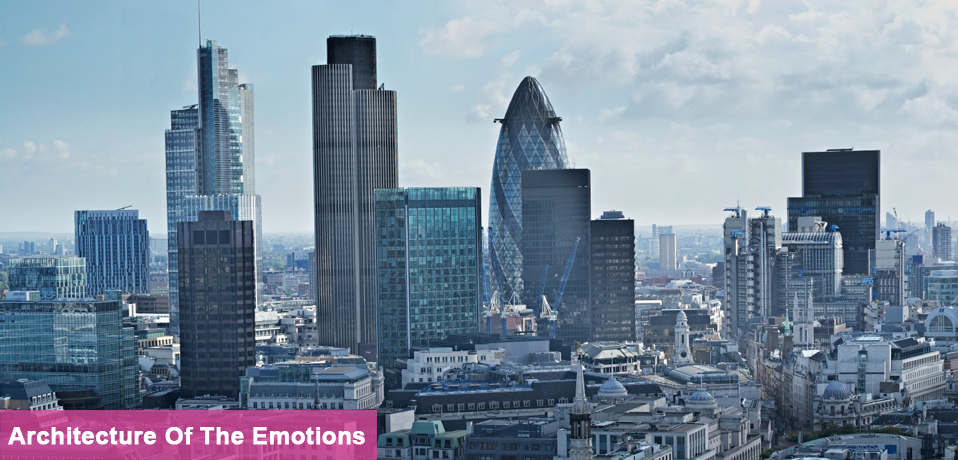Action Research Project asking “Can communicable felt experience inform building design?”
Architecture of the Emotions, undertaken in partnership with Open City (formerly London Open House), explored how young people ‘feel’ about buildings and how they could articulate that.
Simon Elliott conceived and then organised the 7 day project over 7 weeks, involving 30 teenagers – all of them from multicultural background across class, coming from secondary schools in Lambeth and Southwark, between the ages of 11 & 15.
The project included the generation of a 28 minute video Architecture of the Emotions to encapsulate the outcomes.
Architecture of the Emotions, undertaken in partnership with Open City (formerly London Open House), explored how young people ‘feel’ about buildings and how they could articulate that.
Simon Elliott conceived and then organised the 7 day project over 7 weeks, involving 30 teenagers – all of them from multicultural background across class, coming from secondary schools in Lambeth and Southwark, between the ages of 11 & 15.
The project included the generation of a 28 minute video Architecture of the Emotions to encapsulate the outcomes.
Using tools from theatre and film to explore ‘emotive charge’, young people were facilitated to articulate their ‘felt response’ to the built environment. Broadening their vocabulary from their own senses, brought fluency, self-awareness, confidence and understanding to their interpretation of buildings and their relationships to them.
Participants invited to work with the students included Fernando Perez of IDOM (who worked on the Guggenheim in Bilbao) the writer John Constable, Julian Crouch the puppeteer and designer, plus Andrew Shoben of Greyworld- Public Artist.Shakespeare’s Globe, Southwark Council, The GLA, The Tower of London, Tate Modern and local communities.
During our work together it became very clear that the students did not feel entitled to comment on the built environment, partly due to lack of an appropriate vocabulary and also because of a lack of knowledge of what was possible in a build process.
This observation informed the foundation of Ahh…’s ongoing interest in the subject of how to empower people to comment on their ‘felt experience’ of spaces, buildings, architecture, and many arts, and how important such considerations should be in future design processes. It has also informed the process for Garden of Ideas.



